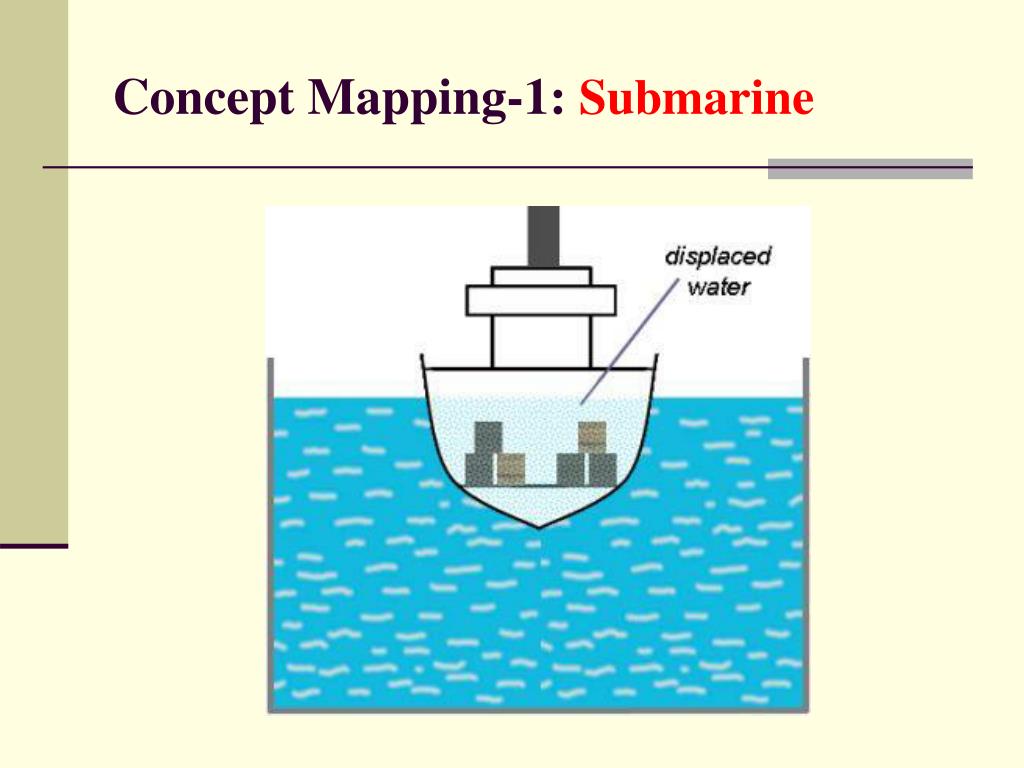

Likewise, an object denser than the fluid will sink. The buoyant force, which equals the weight of the fluid displaced, is thus greater than the weight of the object. This is because the fluid, having a higher density, contains more mass and thus more weight in the same volume. If its average density is less than that of the surrounding fluid, it will float. The average density of an object is what ultimately determines whether it floats. If the dirigible displaces exactly its weight, it hovers at a constant altitude.ĭensity plays a crucial role in Archimedes’ principle. The same is true for vessels in air (as air is a fluid): A dirigible that weighs 100 tons displaces at least 100 tons of air if it displaces more, it rises if it displaces less, it falls. A 10,000-ton ship must be built wide enough to displace 10,000 tons of water before it sinks too deep in the water. Every ship, submarine, and dirigible must be designed to displace a weight of fluid equal to its own weight. This is often called the “principle of flotation” where a floating object displaces a weight of fluid equal to its own weight. When any boat displaces a weight of water equal to its own weight, it floats.

When the buoyant force equals one ton, it will sink no further. The deeper the iron bowl is immersed, the more water it displaces, and the greater the buoyant force acting on it. It still weighs one ton, but when it is put in water, it displaces a greater volume of water than when it was a block. Suppose the same iron block is reshaped into a bowl. As iron is nearly eight times denser than water, it displaces only 1/8 ton of water when submerged, which is not enough to keep it afloat. Thus, only in the special case of floating does the buoyant force acting on an object equal the object’s weight. So, for a floating object on a liquid, the weight of the displaced liquid is the weight of the object. if FB=mgFB=mg.īut the Archimedes principle states that the buoyant force is the weight of the fluid displaced. Both ships pump water in or out of tank to rise or sink.\( \newcommand\]Īn object will float if the buoyancy force exerted on it by the fluid balances its weight, i.e. The principle that is used in FLIP is almost similar with the submarines. When water is pumped into stern tanks, the ship will flip vertically. FLIP – Floating instrument platform.This is a research ship that does research on waves in deep water. To go down, the fishes will empty their bladder, this increases its density and therefore the fish will sink.Ħ. The gases diffuse from its own body to the bladder and thus making its body lighter. To go up to the surface, the fishes will fill its swim bladder (air sacs) with gases (clever isn't it?). Ships will float higher in cold water as cold water has a relatively higher density than warm water.Ĭertain group of fishes uses Archimedes’ principles to go up and down the water. The PLIMSOLL LINE marked on the body of the ship acts as a guideline to ensure that the ship is loaded within the safety limit.Ī ship submerge lower in fresh water as fresh water density is lesser than sea water.

The density of sea water varies with location. Therefore, the buoyant force acting on the ship is large enough to support its weight. Hydrometer floats higher in a liquid of higher density.ĭensity is measured in the unit of g cm-3.Ī ship floats on the surface of the sea because the volume of water displaced by the ship is enough to have a weight equal to the weight of the ship.Ī ship is constructed in a way so that the shape is hollow, to make the overall density of the ship lesser than the sea water. In a liquid of lesser density, a greater volume of liquid must be displaced for the buoyant force to equal to the weight of the hydrometer so it sinks lower. Lead shots are placed in the bulb to weigh it down and enable the hydrometer to float vertically in the liquid. It consists of a tube with a bulb at one end. The weight of the Hot-air balloon can be controlled by varying the quantity of hot air in the balloon.Ī hydrometer is an instrument to measure the relative density of liquids. It becomes stationary when the weight equals the buoyant force. It descends when the balloon's weight is higher than the buoyant force. The atmosphere is filled with air that exerts buoyant force on any object.Ī hot air balloon rises and floats due to the buoyant force (when the surrounding air is greater than its weight). A submarine has a large ballast tank, which is used to control its position and depth from the surface of the sea.Ī submarine submerges by letting water into the ballast tank so that its weight becomes greater than the buoyant force.Ĭonversely, it floats by reducing water in the ballast tank.-thus its weight is less than the buoyant force


 0 kommentar(er)
0 kommentar(er)
